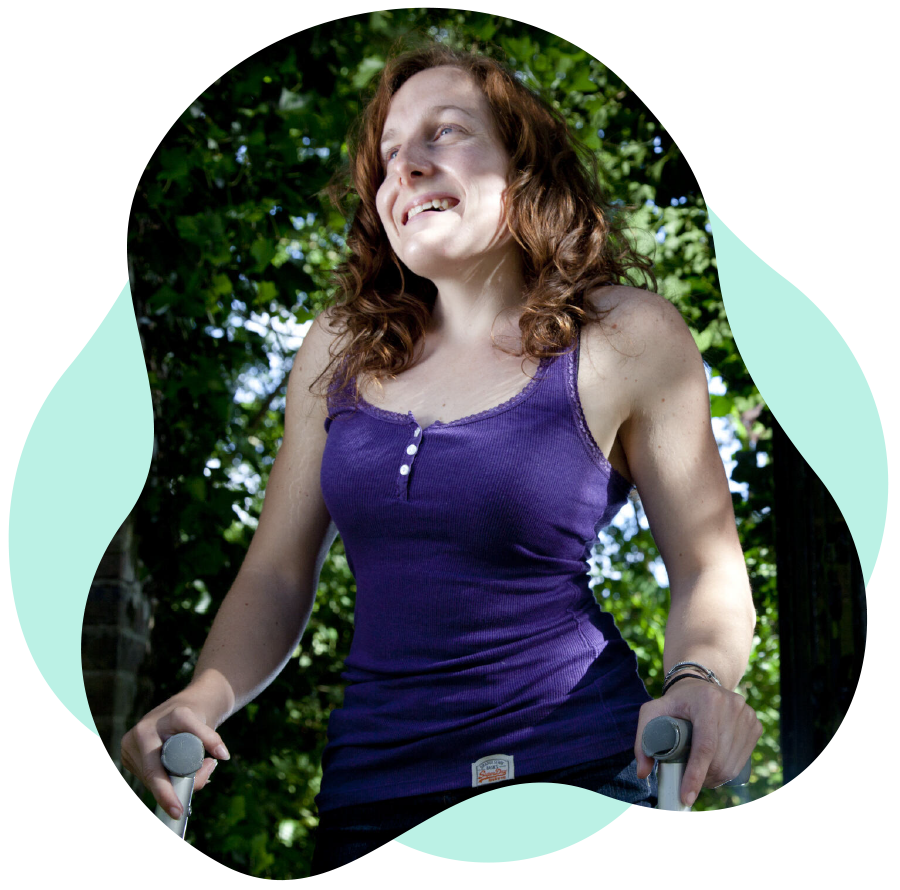Frequently asked questions
Below are some of the questions we are often asked on our Helpline
We've compiled some of the most common questions we are asked about scoliosis into a handy FAQ guide.


Below are some of the questions we are often asked on our Helpline
Having scoliosis means that a person’s spine curves to the side. The spine can sometimes twist at the same time and as a result, this twisting can pull the ribcage out of position.
Living with scoliosis can be challenging and sometimes painful and it is important that a person with scoliosis sees a scoliosis specialist.
In most cases, the cause of scoliosis is idiopathic, which means that there is no known cause. In some cases it does seem to run in families. Around a quarter of people with scoliosis have a close relative with a curvature of the spine.
After diagnosis, make sure that you are seen by a scoliosis specialist. There are many scoliosis centres across the UK, which we can email to you. You will need to take their names to your GP, who will organise a referral.
You will then receive a letter in the post with your appointment date and time. At your first appointment, you will be examined, X-rays will be taken and you will be told the Cobb angle. The Cobb angle is measured in degrees and will tell you the size of the curve. The specialist will then talk to you about possible treatments options. It is important to remember that every case of scoliosis is different and there is no standard treatment. This is why consulting a specialist is essential.
Scoliosis can only be prevented when it is due to rickets or poliomyelitis. These conditions can be treated and are fortunately now very rare.
Scoliosis is not caused by bad posture, carrying a heavy backpack, or anything the child or parents did or did not do.
If you live in Scotland, after you have been assessed by your GP, you will then be referred to the Scottish National Spine Service (SNSS) if they deem it necessary. For our list of specialists in Scotland, please contact our Helpline on 020 8964 1166 or email info@ssr.org.uk
Encouraging a young person to wear a brace can be difficult. There will be times when it feels hot and uncomfortable and they may feel self-conscious and different from their friends. We know that young people find it helpful to speak to others who have been through the bracing process. Our support groups and community network can facilitate these conversations. You could also ask their school to host an assembly to increase understanding of the condition.
Recovery looks different for everyone. After the operation, patients will feel exhausted and have some pain, but this will be managed with medication. Eating, drinking and moving after surgery is an important part of the recovery process. The time spent in hospital is usually between 4 to 7 days. By this time, the patient should see some mobility returning and can gradually build up activity levels.
For children, teenagers and young adults, the general guideline for returning to education is around 6 weeks post-operation. Specialists will advise on when activity and exercise can be resumed. Many patients will be able to carry out normal activities around six months after the operation. For some activities, such as contact sports, it will be longer – usually around nine months to a year after the operation.
